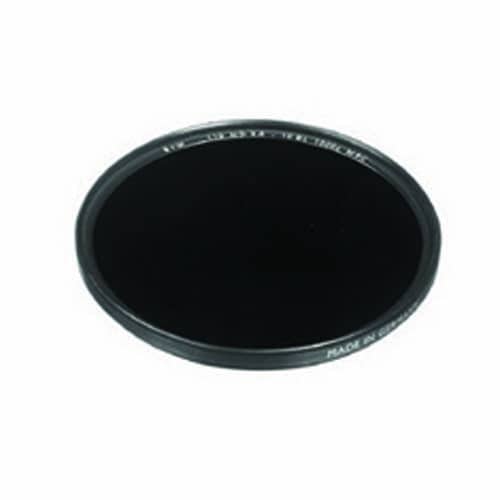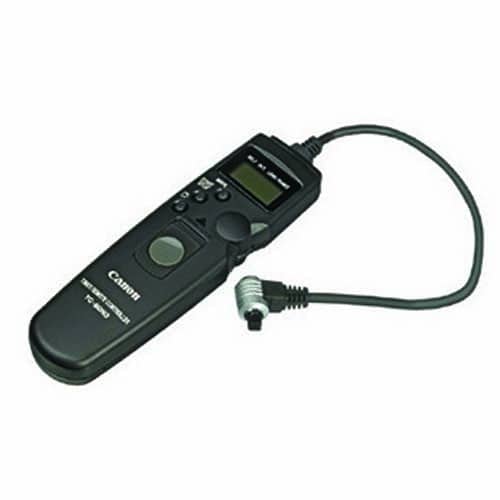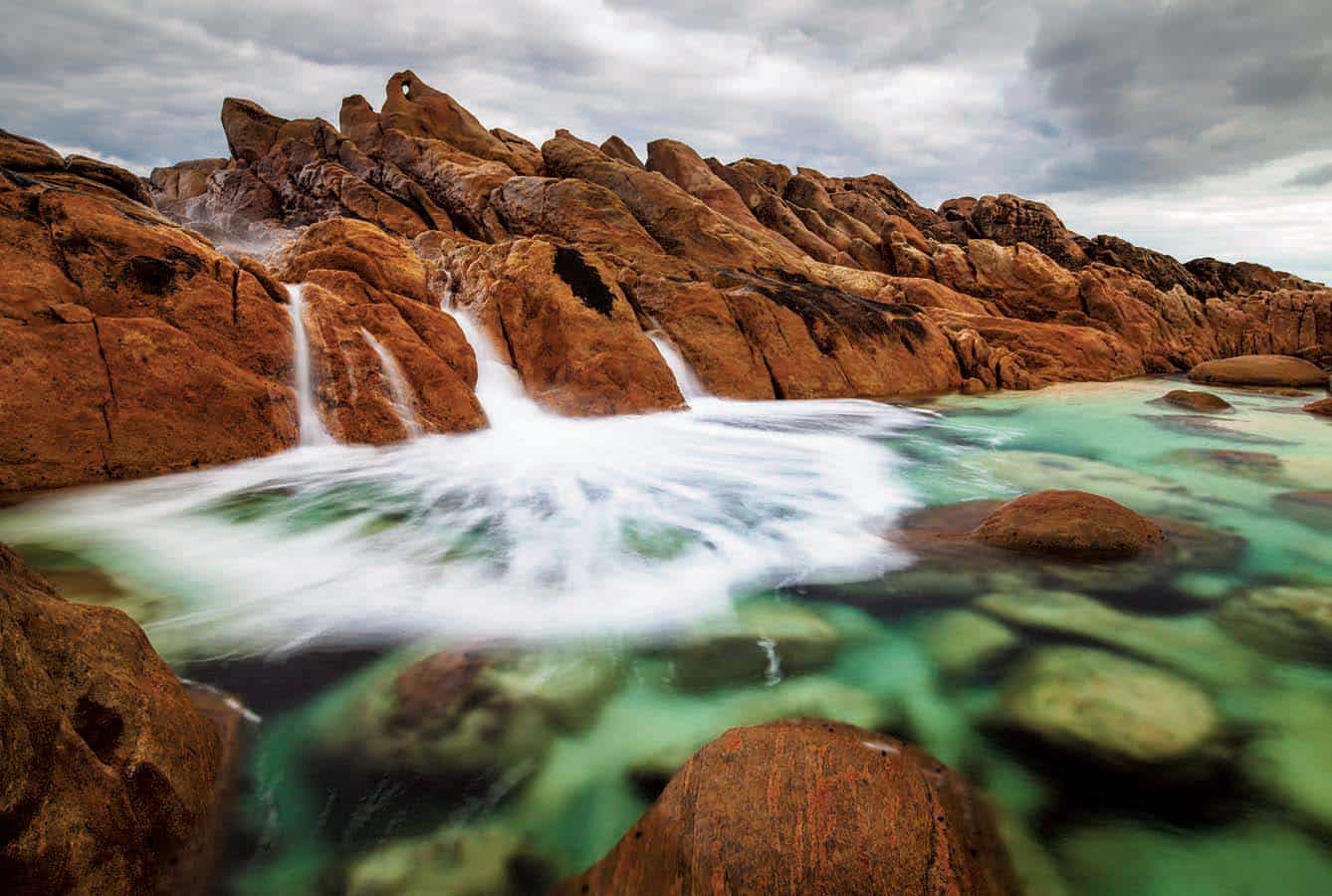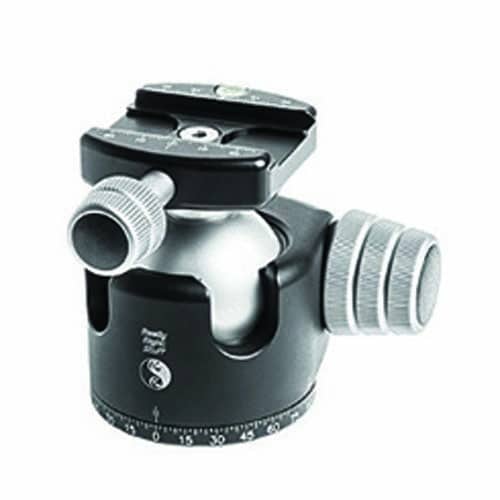Landscape Photography Tips For Travelers
How to get great shots using the right exposure and equipment
Landscape photography offers an opportunity to show what changes in a scene when we allow the camera to record the natural motion of the world — opening up all sorts of creative opportunities for those with a tripod and a little patience. To accomplish this sort of shot, try using these landscape photography tips to make the most of your long exposure times and the camera's bulb setting.
Consider the Exposure. Motion in photography is controlled by the shutter speed. Photograph a waterfall at 1/8000th of a second and you'll see every water drop perfectly. Turn that exposure on its head and shoot the same waterfall with a 30-second exposure and it becomes a white ghost. Why? As the shutter re- mains open, the camera is recording each drop of water over time, and the amalgam of all of those moments suddenly becomes an artistic shape. But what if we move beyond the 30-second range and try shooting at one minute, four minutes ... even an hour? Experimenting with exposure times can result in interesting effects.
PRO TIP: ADD A PIECE OF INDUSTRIAL VELCRO TO YOUR TRIPOD LEG AND YOUR CABLE RELEASE. IF YOU LET THE CABLE DANGLE BETWEEN SHOTS, YOU INCREASE THE CHANCE OF THE INNER WIRES FRAYING.
Evaluate the Scene. Picture yourself on a beach on a partly cloudy day. If you were to capture this scene with a one-minute exposure, what will change over time? Obviously the waves are going to come and go; the clouds are going to move. If it's windy, beach grass will sway; if peo- ple are walking on the shoreline, they'll register as blurry shapes or trails. Here's where it's up to you to make some creative decisions. How much motion do you want to show? If the clouds are moving very quickly, a 30-second exposure might be enough, but if they're barely moving, you might want to bump up to two or even four minutes. Remember that taking advantage of which direction objects are moving can also be a great compositional tool to fill negative space (think clouds flitting across the sky).
Get the Right Gear.First, buy a good, sturdy tripod — essential if you want to cross the 30-second threshold. In addition, you'll want a solid tripod head that will hold up to wind or vibrations over the duration of a long exposure. Next, you'll want a cable release. Although you could just hold down the shutter-release button, you'll be introducing vibration to the camera, which is guaranteed to ruin your shot. Instead, the cable release gives you a minimum of 3 feet between you and the camera, minimizing vibration. Digital cable releases even allow you to program a longer exposure time. Finally, you'll need a neutral density filter, which introduces density and reduces the amount of light allowed through a lens. They come in stop ratings of 1 to 10 stops, and with a 10-stop ND filter, you can actually capture a four-minute exposure in the middle of the day. Following these landscape photography tips and choosing the right equipment makes it easier than ever to take beautiful shots of your favorite vacation spots.
Tools of the Trade

This is the big gun, al- lowing for the longest of exposures in the brightest of light. I recommend starting with a 3-stop ND for general uses, but if you get hooked on long- exposure photography, you'll want to add this beast to your bag. $147 | B+W
Although there are cheaper third-party options available, I've always found the Canon and Nikon cable releases to hold up better long term. $129 | Canon

